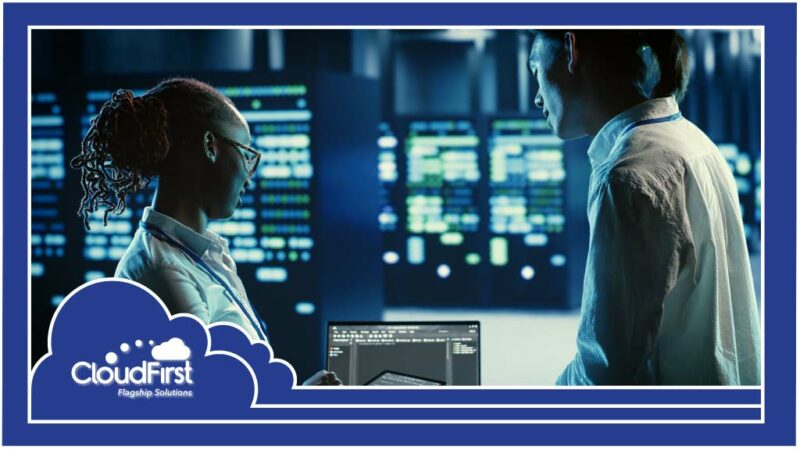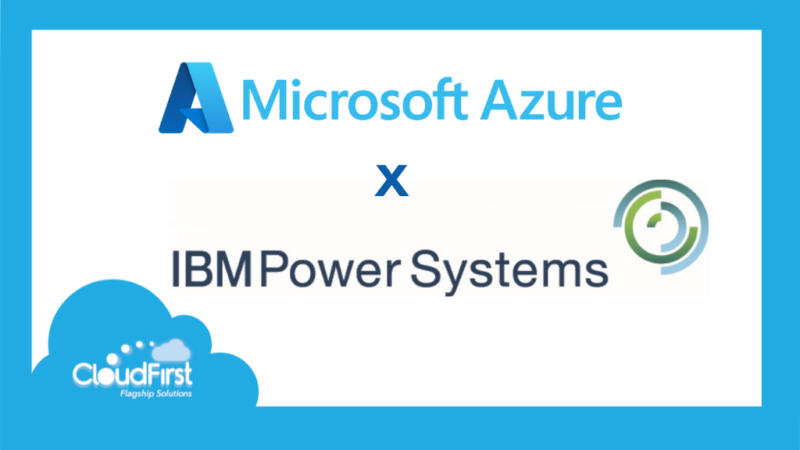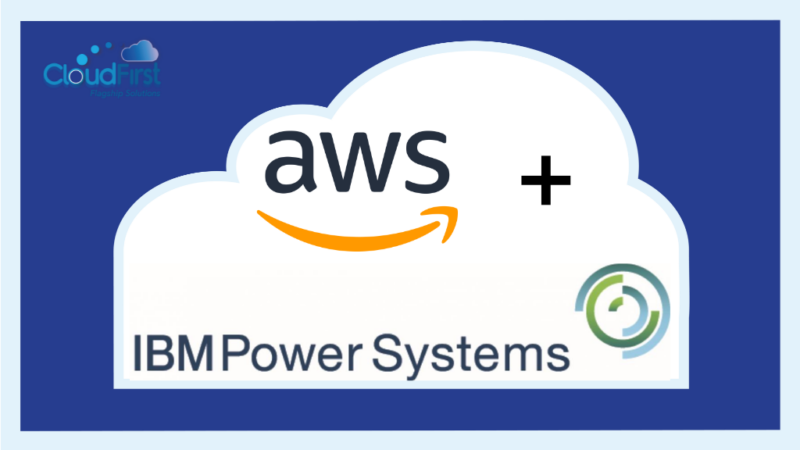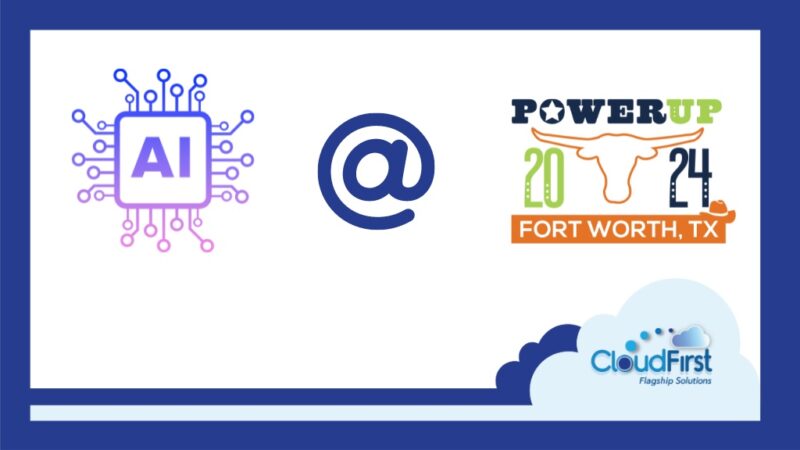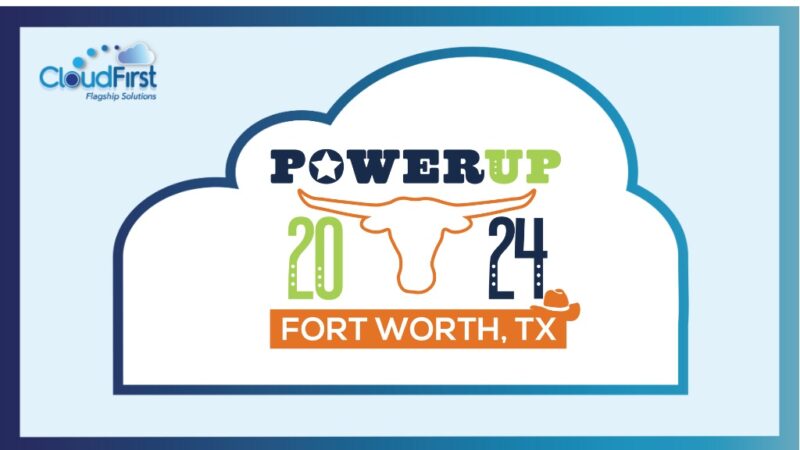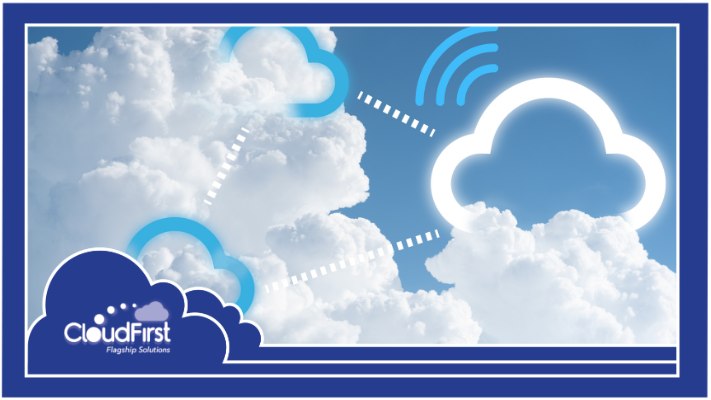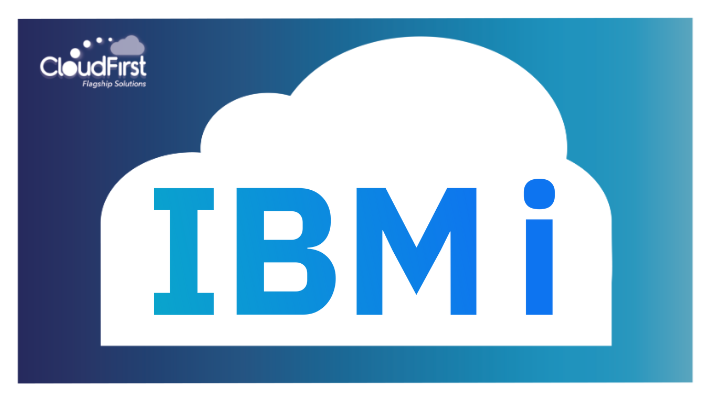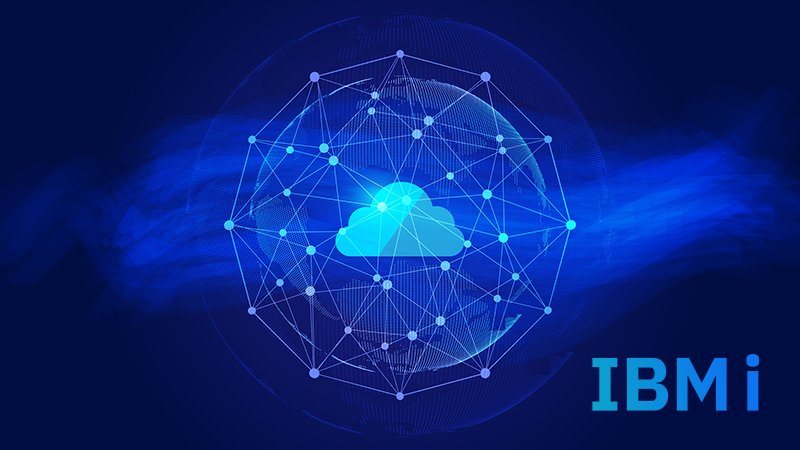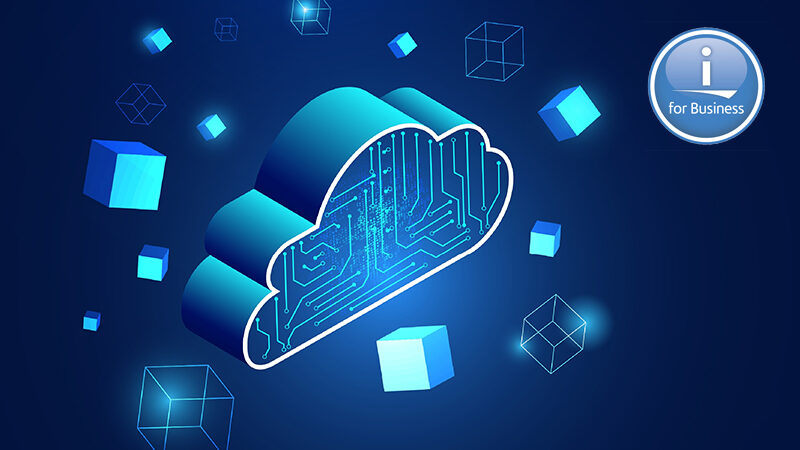Power10 is a huge upgrade from previous generations. Are you facing issues running mission-critical apps on older IBM Power servers? Are you worried about cybersecurity? The hardware you’re using may not even be supported anymore, and it’s hurting your team’s performance and profits. Enter IBM Power10, the latest and greatest addition to the IBM Power
IBM i
7 Steps to Prepare for an Upgrade to Power10
Are you ready to make the change and upgrade to IBM Power10? You’re tired of feeling like your systems aren’t performing up to your standard. You’ve heard about the security benefits of Power10 and the ability to scale for future growth. But no matter how prepared you are to make the change, the shift can
The Complete Guide to Running IBM Power Systems on Azure
Microsoft Azure is a cloud computing service that, like AWS, doesn’t play nice with IBM Power. This isn’t great news for those who want to keep their current IT systems for financial reasons while still using new technology to enhance scalability and security. PCMag’s review of Azure notes that Microsoft’s claim to fame is its
The Complete Guide to Running IBM Power on AWS
COMMON POWERUp 2024 Keynote Recap: The Future of Working on IBM i with AI
3 Takeaways from COMMON POWERUp 2024
We’re always looking for insights into the latest trends in Power Systems technology and how real end users are taking advantage of IBM i. So we went straight to the source. COMMON POWERUp 2024 is the annual gathering of IBM i experts, administrators, developers, and service providers. CloudFirst hit the floor to talk to leading
What is IBM Cloud Direct Connect? Why Does It Matter?
Introduction to IBM Power Systems Cloud Environments
After investing time and money into your IBM Power Systems for years, it’s frustrating to realize that most major cloud platforms aren’t compatible with IBM i series or AIX. It doesn’t just feel like IBM is being left behind—it feels like you are. It’s even more puzzling when you learn that thousands of companies still

